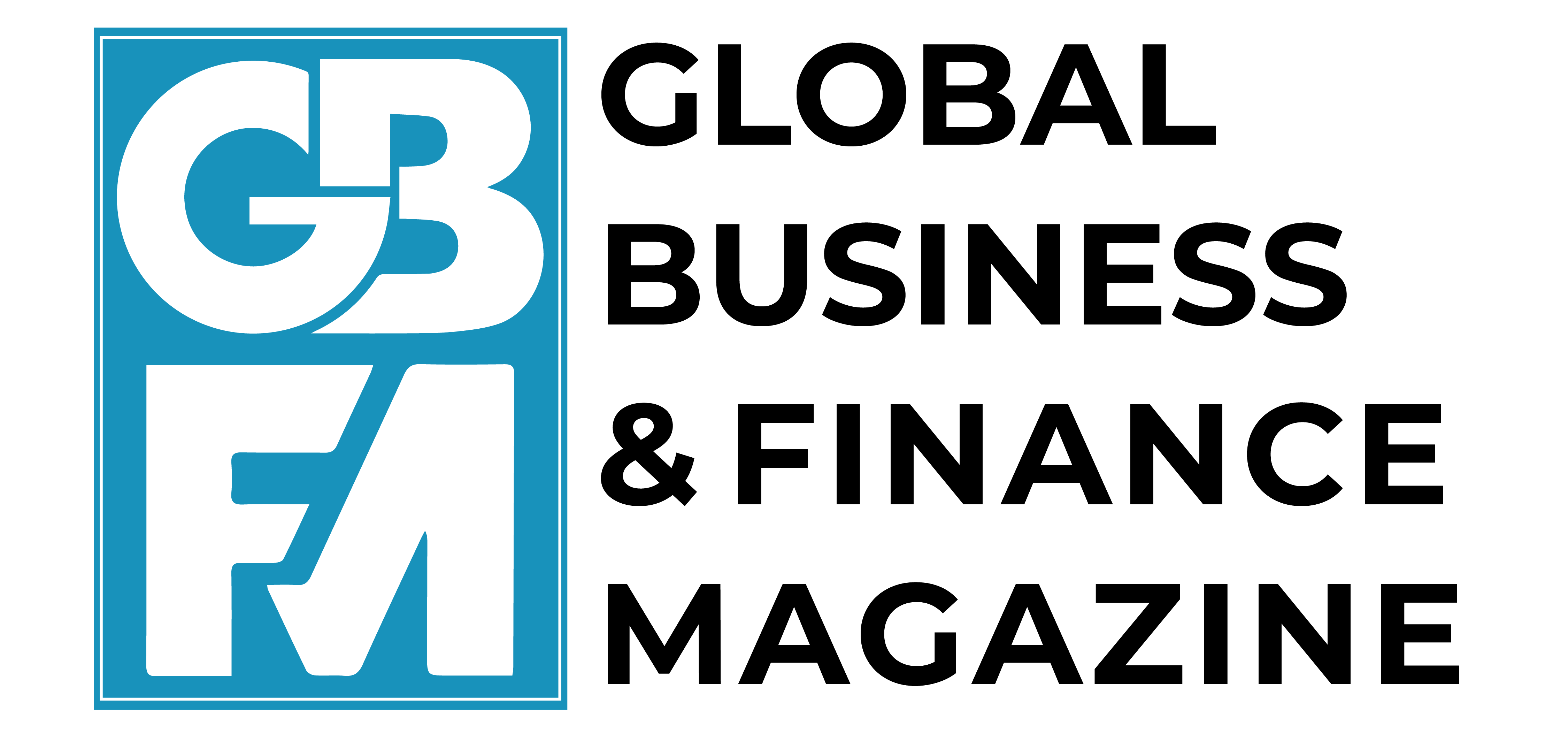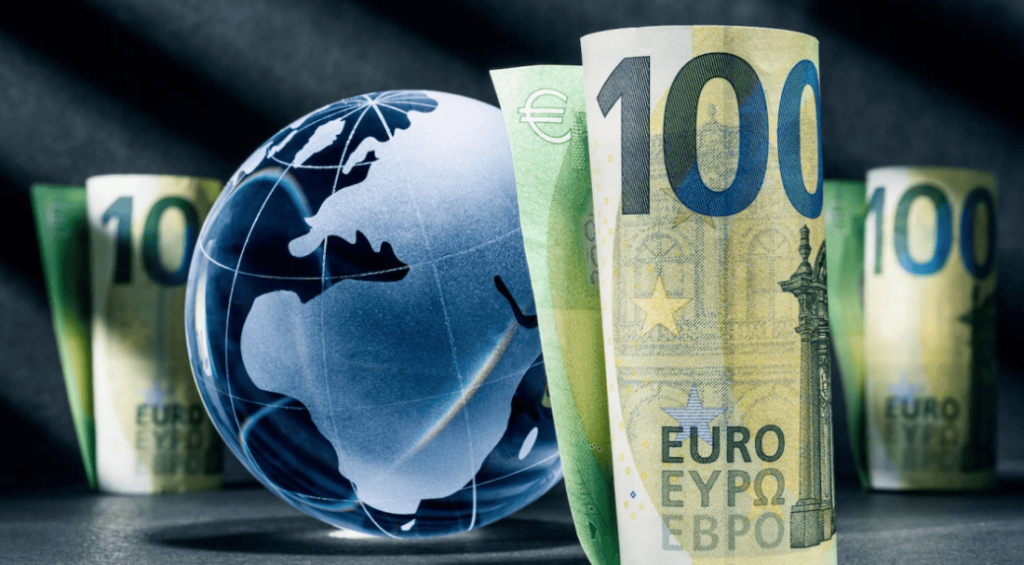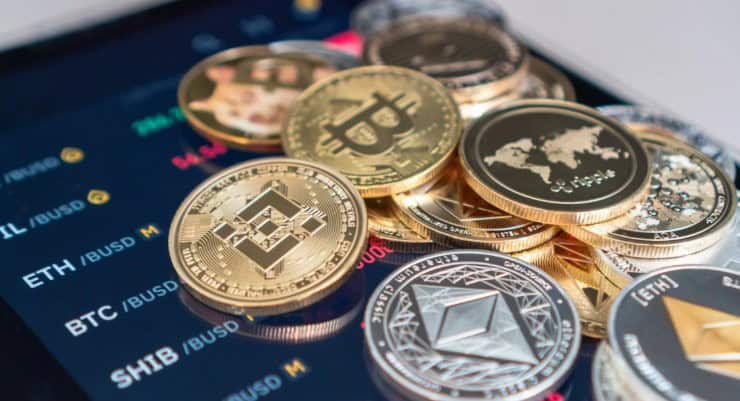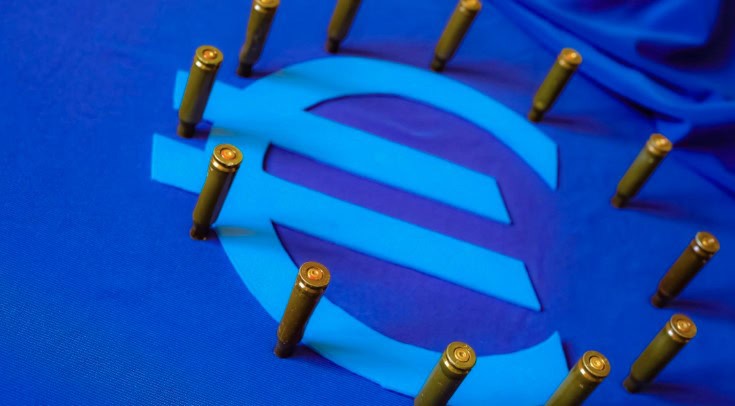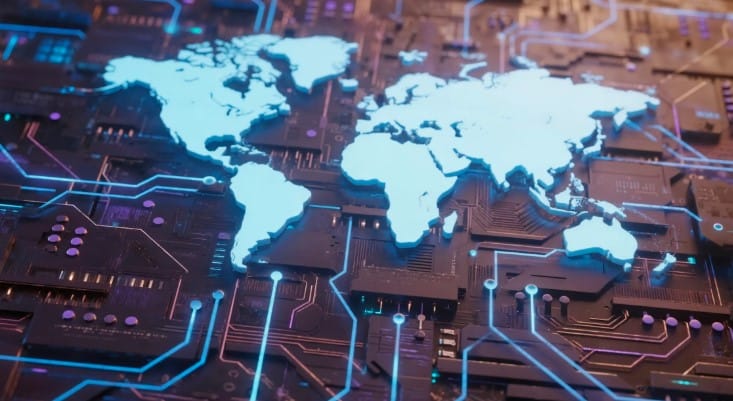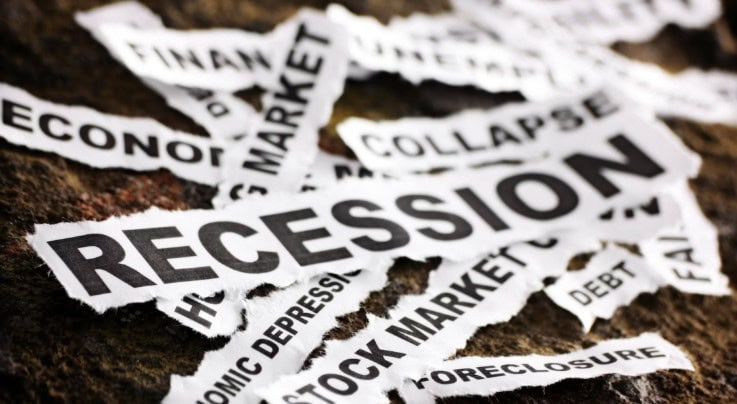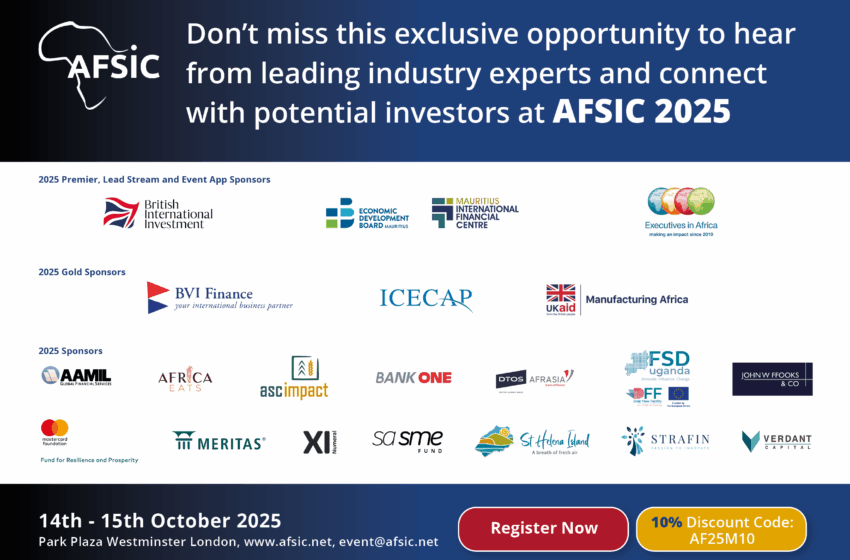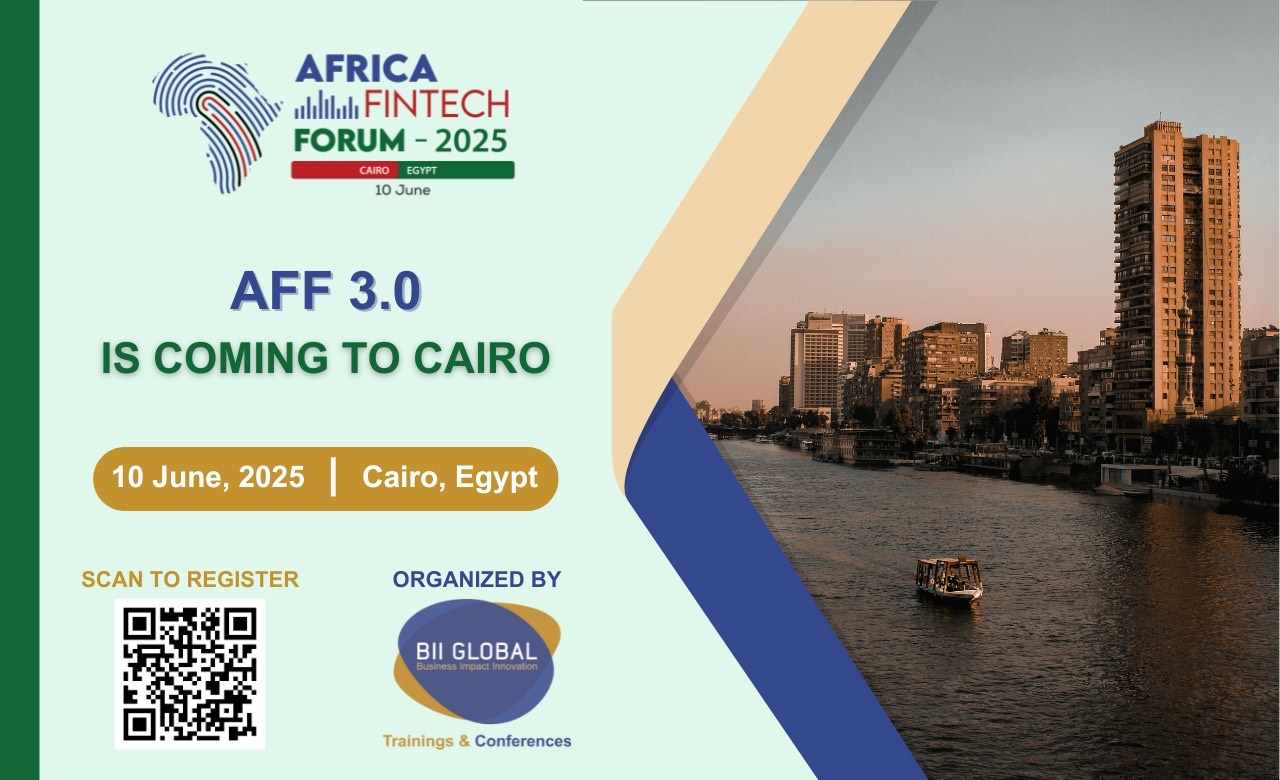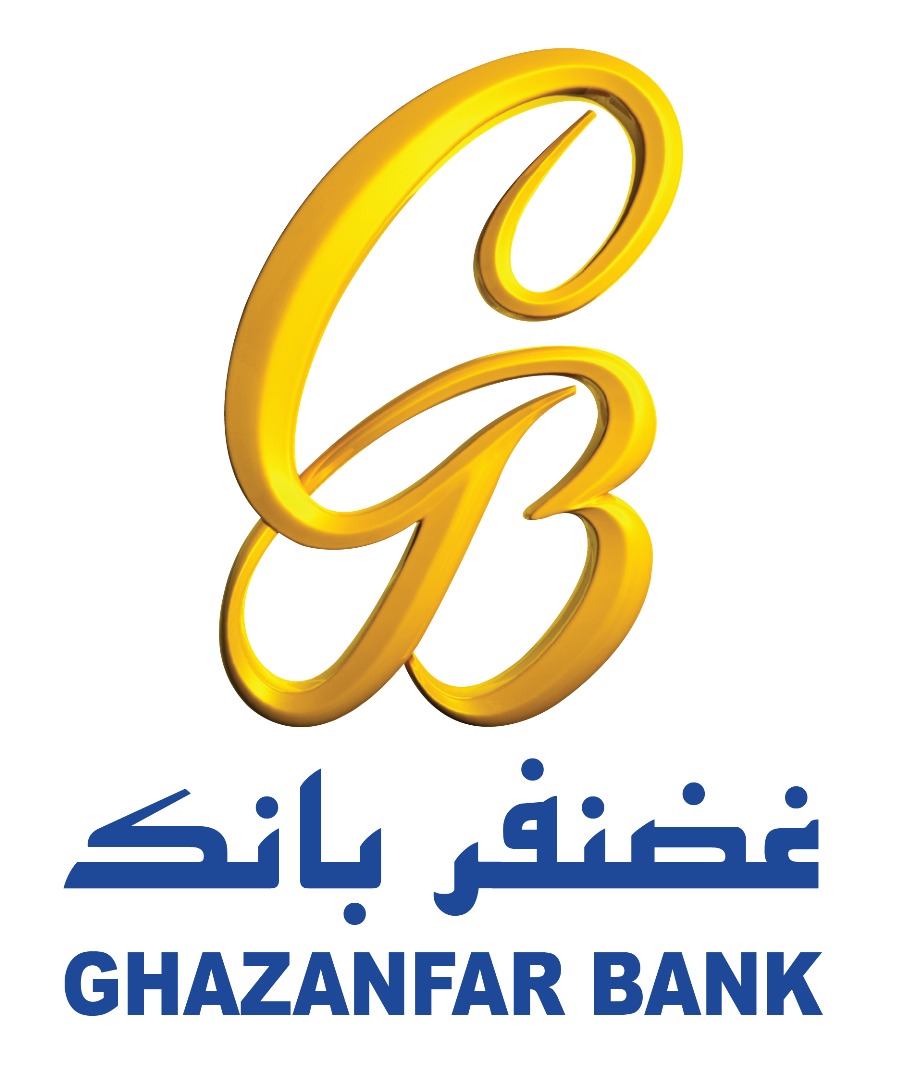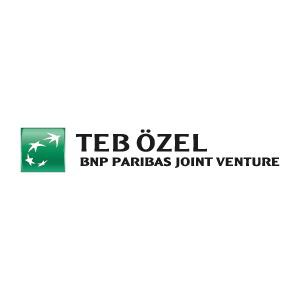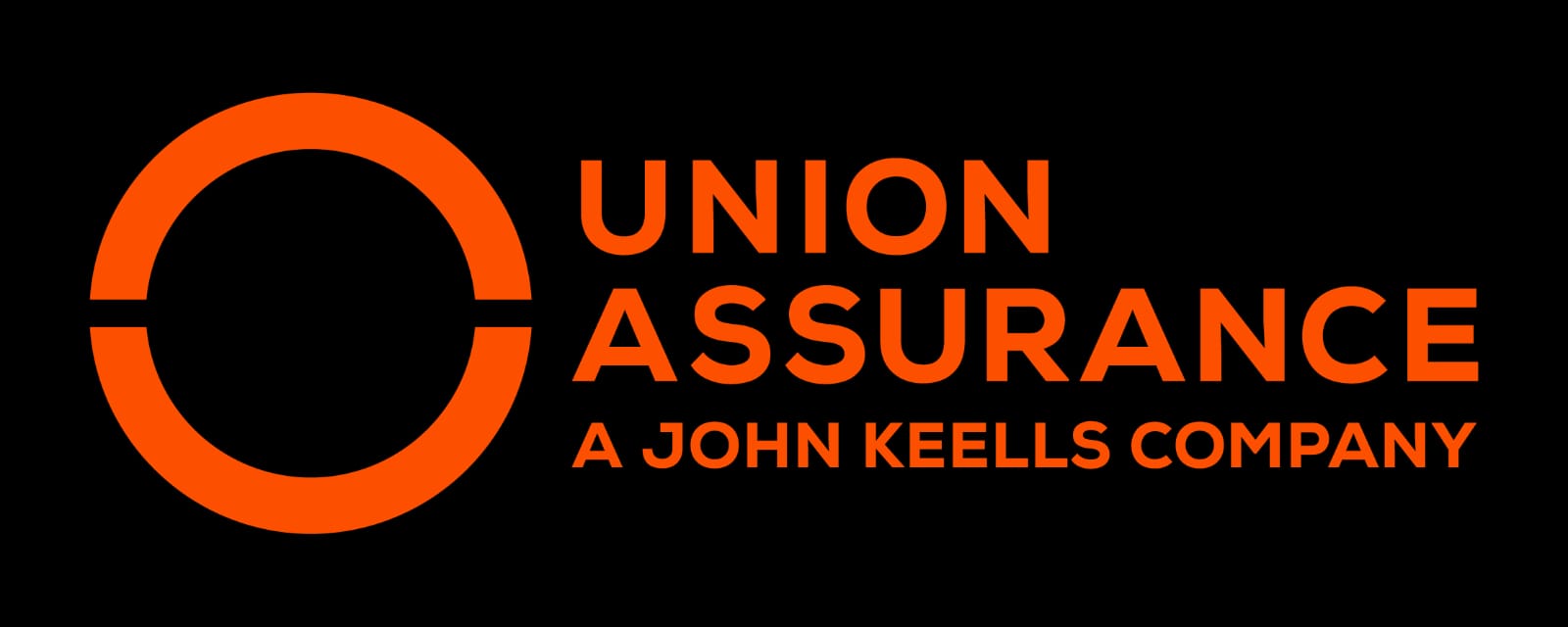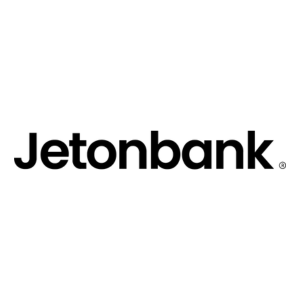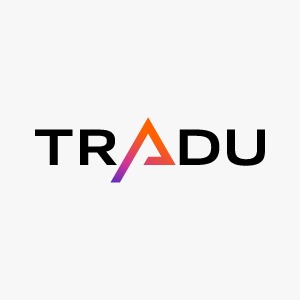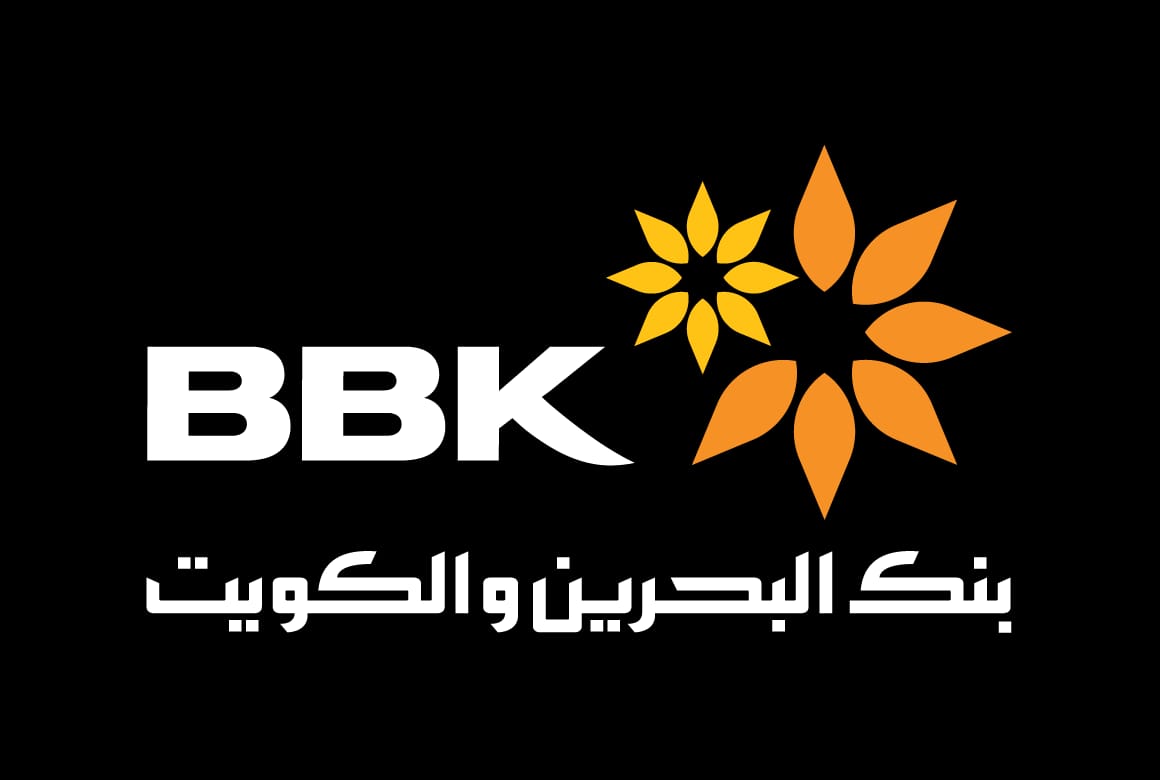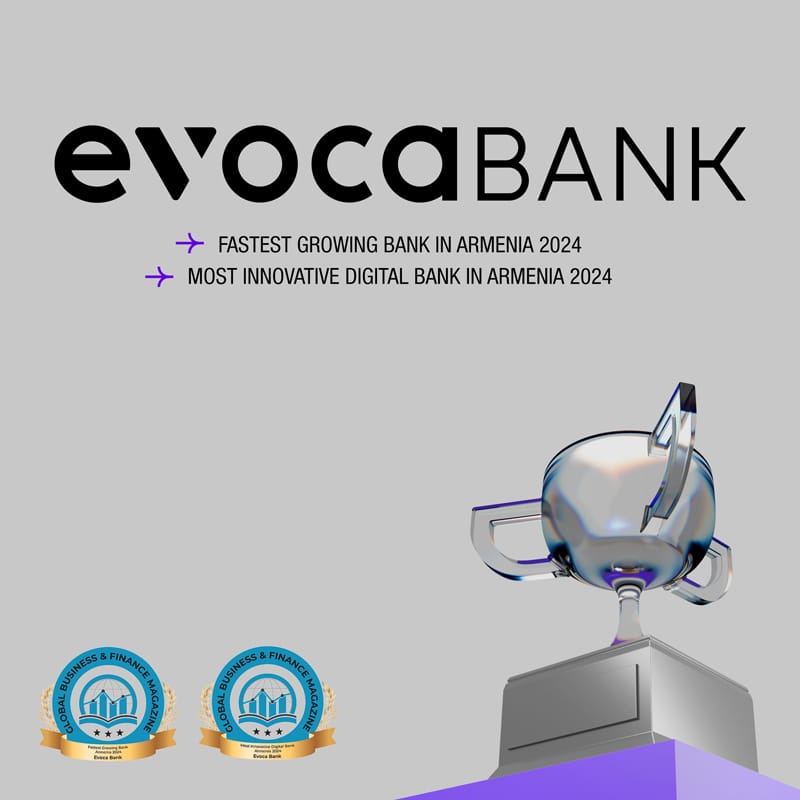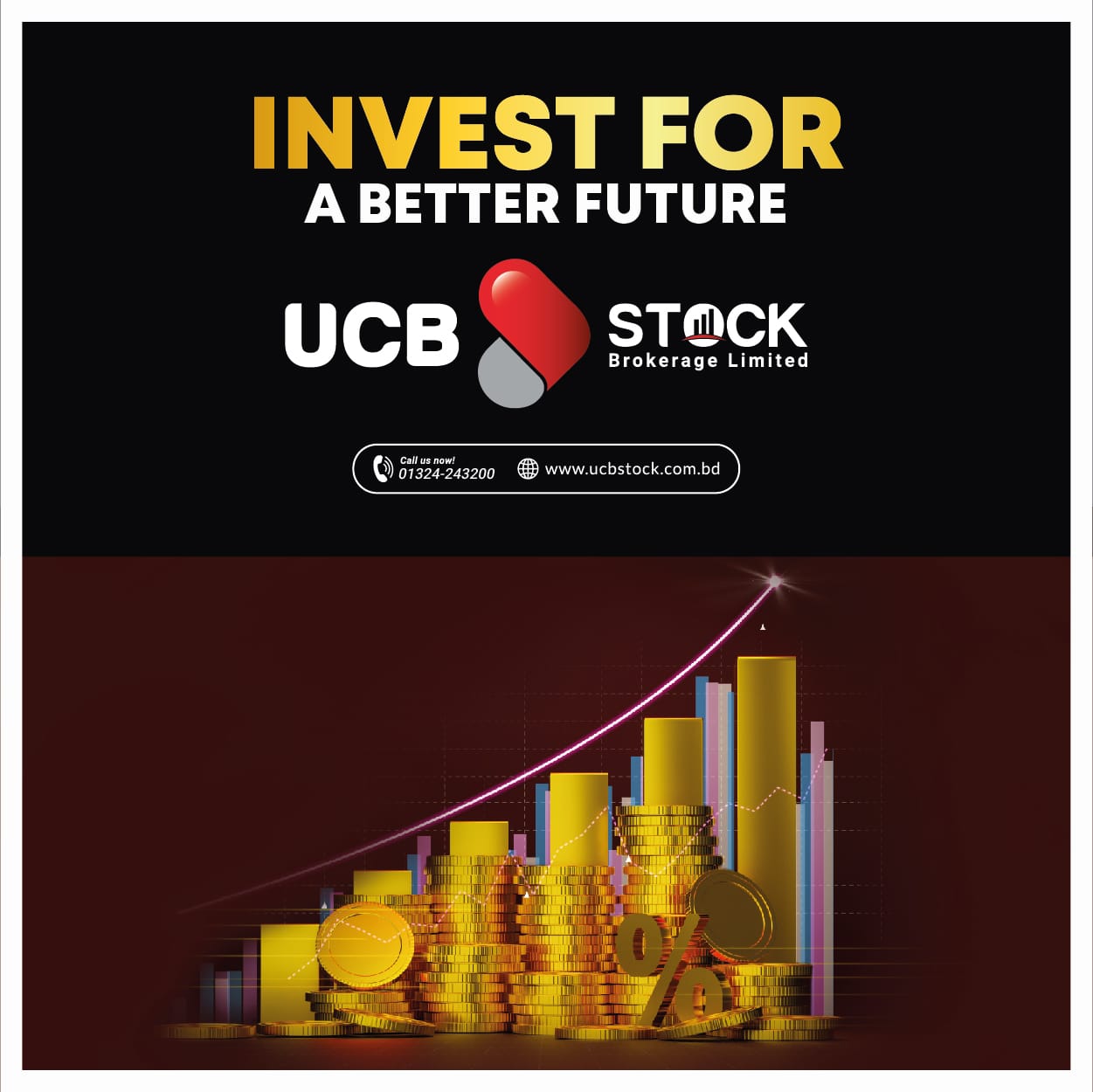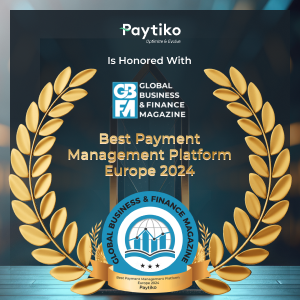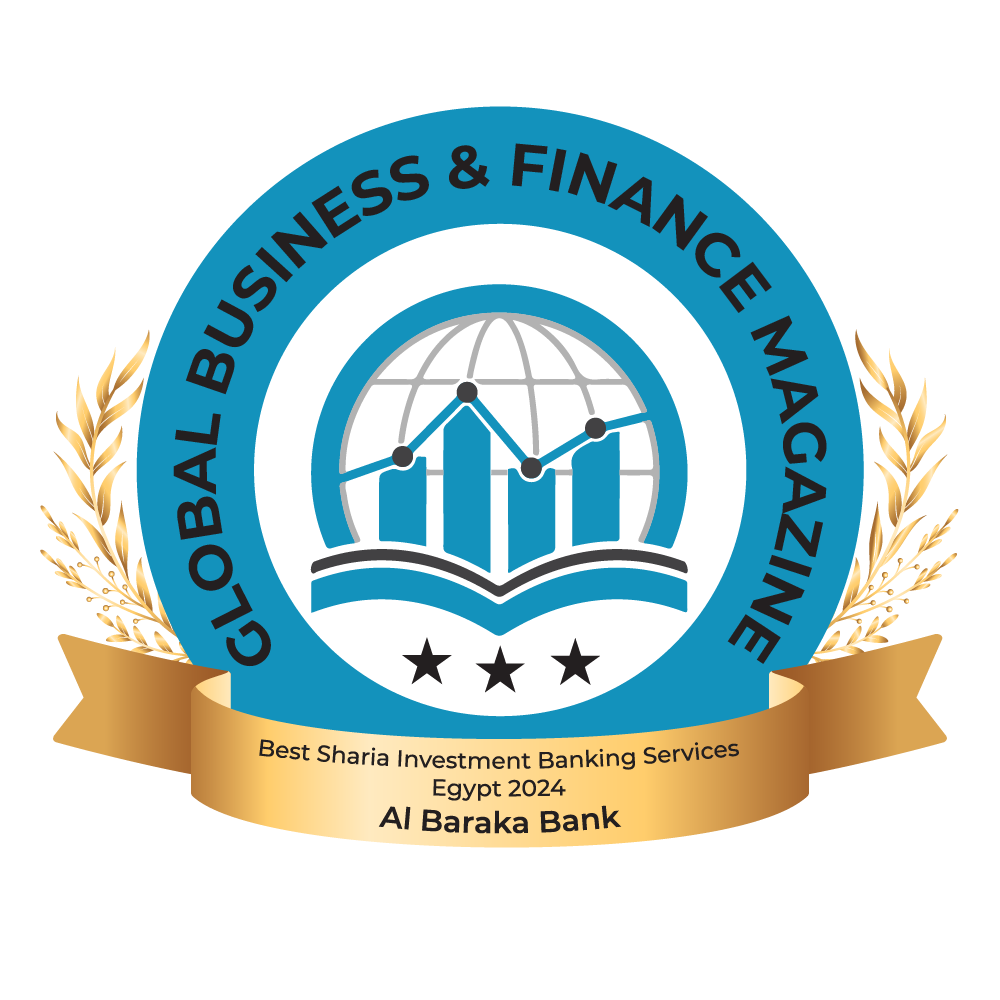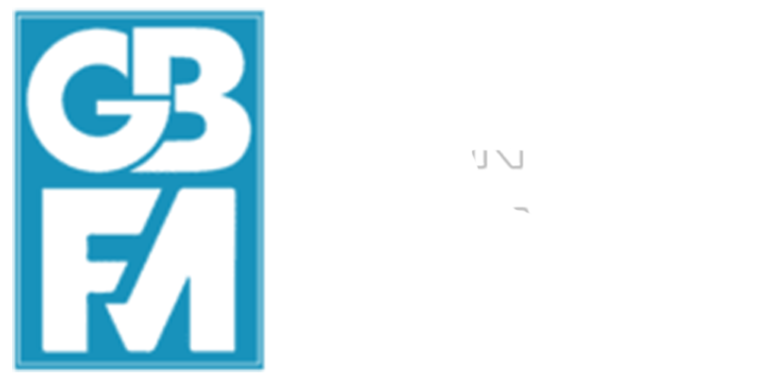Escalating geopolitical tensions, trade wars, and volatile policy shifts are reshaping the rules of global commerce and finance and bringing the dominance of the US dollar into question. This column argues that Europe has a historic opportunity to elevate the euro into a trusted global anchor of stability and thus rebalance a global monetary order that is becoming less rules-based and more power-based.
We are entering a new era in the global monetary system – more contested, more fragmented, and more strategic. While the US dollar remains dominant, its supremacy is increasingly questioned. Escalating geopolitical tensions, trade wars, and volatile policy shifts are reshaping the rules of global commerce and finance.
Against this backdrop, the euro stands at a crossroads. As ECB President Christine Lagarde recently put it, this is “a global euro moment” (Lagarde 2025).
Europe has a historic opportunity to elevate the euro into a trusted global anchor of stability. But seizing that opportunity requires more than market forces. It demands focused, coordinated and strategic policy action.
Enhancing the euro’s role in a fragmenting world
Despite the shocks of war, energy and inflation, Europe’s economy is growing. Inflation has returned to around the 2% target. Institutions have proven resilient.
The ECB’s recent 2025 strategy assessment confirmed the symmetric 2% inflation target over the medium term. It underscored that price stability and financial stability are two sides of the same coin. Importantly, we also recognised the need for a more proactive role in supporting Europe’s strategic autonomy – especially in payments, capital markets, and digital finance.
Meanwhile, exchange rate movements over the past months are showing that a rebalancing is underway. Investors are re-evaluating the euro’s role as a global currency amid elevated uncertainty and weaponised economic policy.
The latest flare-up in trade tensions has only accelerated this shift. President Trump’s renewed tariff threats – targeting European green technology and industrial goods – have spurred a strong and coordinated response from the European Commission. In this volatile environment, economic resilience and monetary power are key dimensions of strategic autonomy.
Trust and foundations
Much attention has been paid to the renminbi. Yet despite China’s economic might, its currency still lacks the foundations for global trust: capital mobility, legal certainty and political accountability. As Barry Eichengreen has argued, it is trust, not sheer size, that makes a reserve currency (Eichengreen 2025). The euro already enjoys considerable trust: it is underpinned by rule-of-law institutions, macroeconomic stability, and the world’s second-largest integrated economy.
But trust is not static. It must be renewed and reinforced through strategic thinking and bold policy choices. Europe must show it can act decisively – especially when it comes to strengthening its financial infrastructure, completing capital markets union and securing sound fiscal policies.
Most importantly, the EU is now moving forward with the competitiveness agenda set out in the Draghi Report (Draghi 2024) − cutting red tape, scaling innovation, and integrating financial markets. This momentum should be accelerated by setting a clear, ambitious timeline for completion of the Savings and Investment Union, for instance 1 January 2028, as my colleague Francois Villeroy has suggested (Villeroy de Galhau 2025).
Three strategic pillars
There are three key priorities to strengthen the euro’s international role: defence, competitiveness and the green transition, and digital sovereignty.
1. Defence: A European public good
Russia’s unjustified, brutal war in Ukraine shattered any illusion that Europe could remain strategically insulated. Member Sstates have rightly stepped up defence spending, and the EU’s SAFE initiative is now channelling substantial funding toward shared capabilities. Yet without coordination, the risk of fragmentation and inefficiency remains.
The German Institute for Economic Research has shown that coordinated, well-targeted defence investment can boost innovation, strengthen industrial resilience, and enhance security. Joint procurement frameworks and common industrial platforms must become the norm. Defence is not only a national prerogative; it is a European public good.
A strategically autonomous Europe is also a prerequisite for the euro’s status as a credible global currency. The dollar’s strength has always rested partly on US military power projection. Europe cannot mirror that model – but it must ensure its economic strength is not undermined by strategic dependences.
2. Competitiveness and the green transition
Second, the euro’s strength depends on the dynamism of Europe’s economy. That means greater investment, smarter regulation, and a full commitment to completing the Single Market – particularly in services and capital.
It is encouraging that Germany, after years of underinvestment, is now mobilising funds not only for defence but also for innovation and infrastructure. A decade ago, the European Commission called on Germany to boost public investment to remove bottlenecks. Those recommendations are still relevant. The euro cannot rise globally if its largest economy underperforms.
Equally important is the green transition. Europe was early to move, and that foresight is now bearing fruit – In clean energy, battery technologies, and carbon pricing. The EU’s leadership on climate is not just a moral choice; it is a source of long-term competitiveness and geopolitical leverage. By 2030, Europe will be significantly less dependent on fossil fuel imports from Russia and elsewhere – a structural advantage that will help stabilise inflation, reduce external vulnerabilities, and reinforce the euro’s credibility.
3. Digital sovereignty and resilient payments
The third pillar is digital sovereignty. As the European Systemic Risk Board has flagged, the rise of stablecoins and private crypto-assets – many of which are now being integrated into US financial markets – poses systemic risks. They threaten to fragment payment systems and undermine monetary sovereignty.
Europe has wisely chosen a different path. The digital euro project, now entering its next phase after the ECB strategy review, is not about hype or headlines. It is about ensuring that Europeans have access to legal tender in a digital age. It will complement – not replace – cash, and it will be designed to be secure, inclusive, and privacy-respecting.
Simultaneously, the Eurosystem is piloting settling wholesale financial transactions using distributed ledger technology (DLT) in central bank money. In a world where payment systems are geopolitical instruments, having resilient and sovereign infrastructure is not optional – it is essential.
A trusted, functional digital euro can also support the currency’s international use. In countries where the euro is already used as a parallel currency or a benchmark, digital access could increase adoption and improve monetary stability.
The case for euro safe assets
All three priorities – defence, competitiveness, digital resilience – converge on one critical need: the creation of genuine euro-denominated safe assets.
The euro area still lacks a deep and liquid safe asset comparable to US Treasuries. This gap hampers financial integration and limits the euro’s global role (see also Bletzinger et al. 2023). The EU’s NextGenerationEU package accelerated bond issuance by the EU Commission. Building on this to create a deep and liquid market for safe assets – to fund shared investments in defence, climate and digital infrastructure, and supported by a sound fiscal policy framework – would anchor the euro’s role and deepen European capital markets. It would also reduce overreliance on the US dollar in global reserves – an issue increasingly relevant as economic and trade policies are being weaponised. A more multipolar reserve system would be more stable, more diversified, and better reflect global realities.
A moment that must not be missed
This is not about dethroning the dollar. It is about rebalancing a global monetary order that is becoming less rules-based and more power-based (see also Landau 2025). The euro can rise to the occasion – if Europe chooses to act.
Safe assets, joint defence, the green transition, and digital resilience are not separate silos; they are mutually reinforcing parts of a single strategic equation. And at its core lies trust – in institutions, in policy, and in Europe itself.
Europe has the tools, the rationale, and the responsibility. But moments like this do not last forever. Monetary power, like trust, must be earned – and used wisely.
Source : VOXeu

